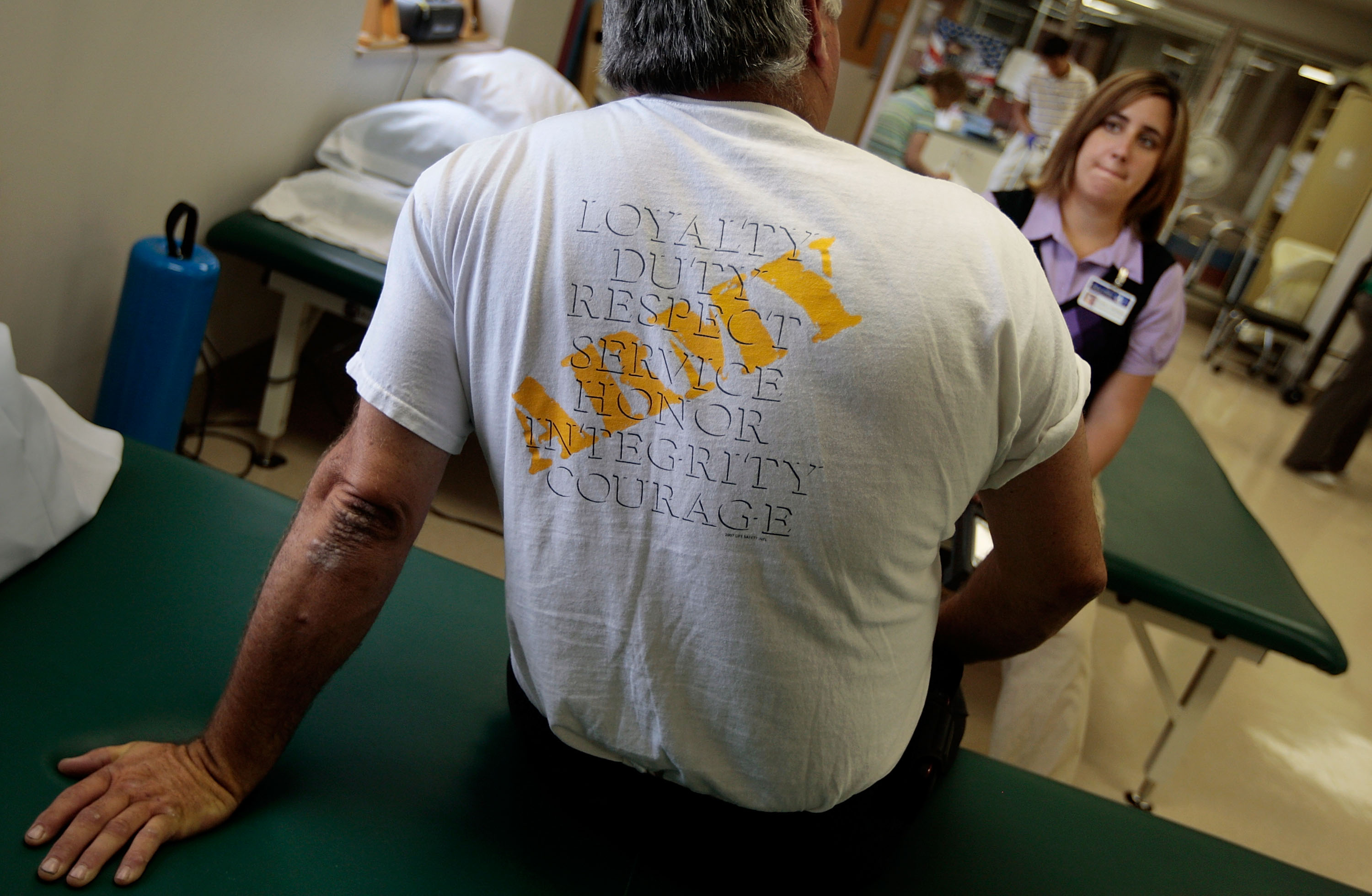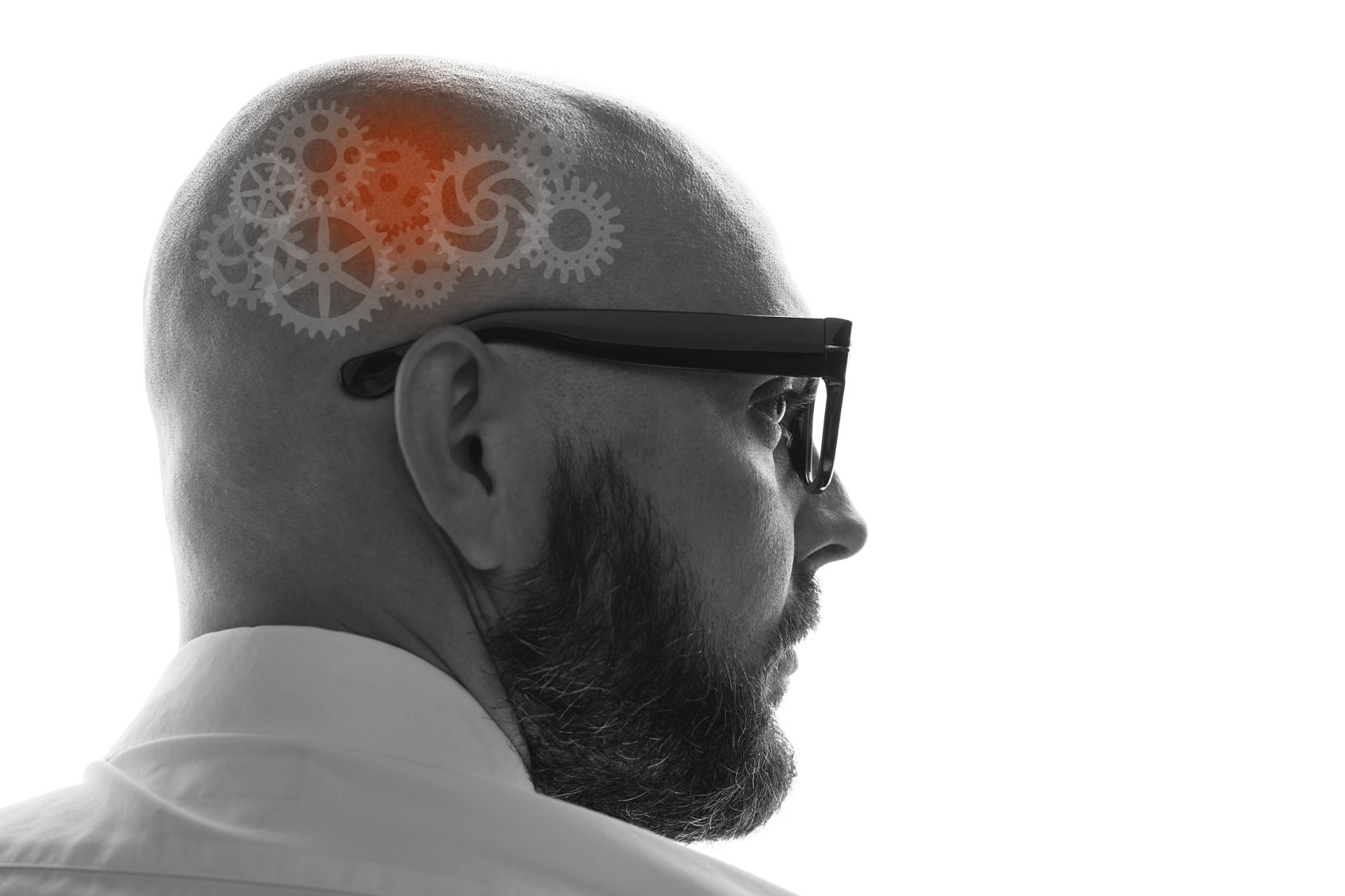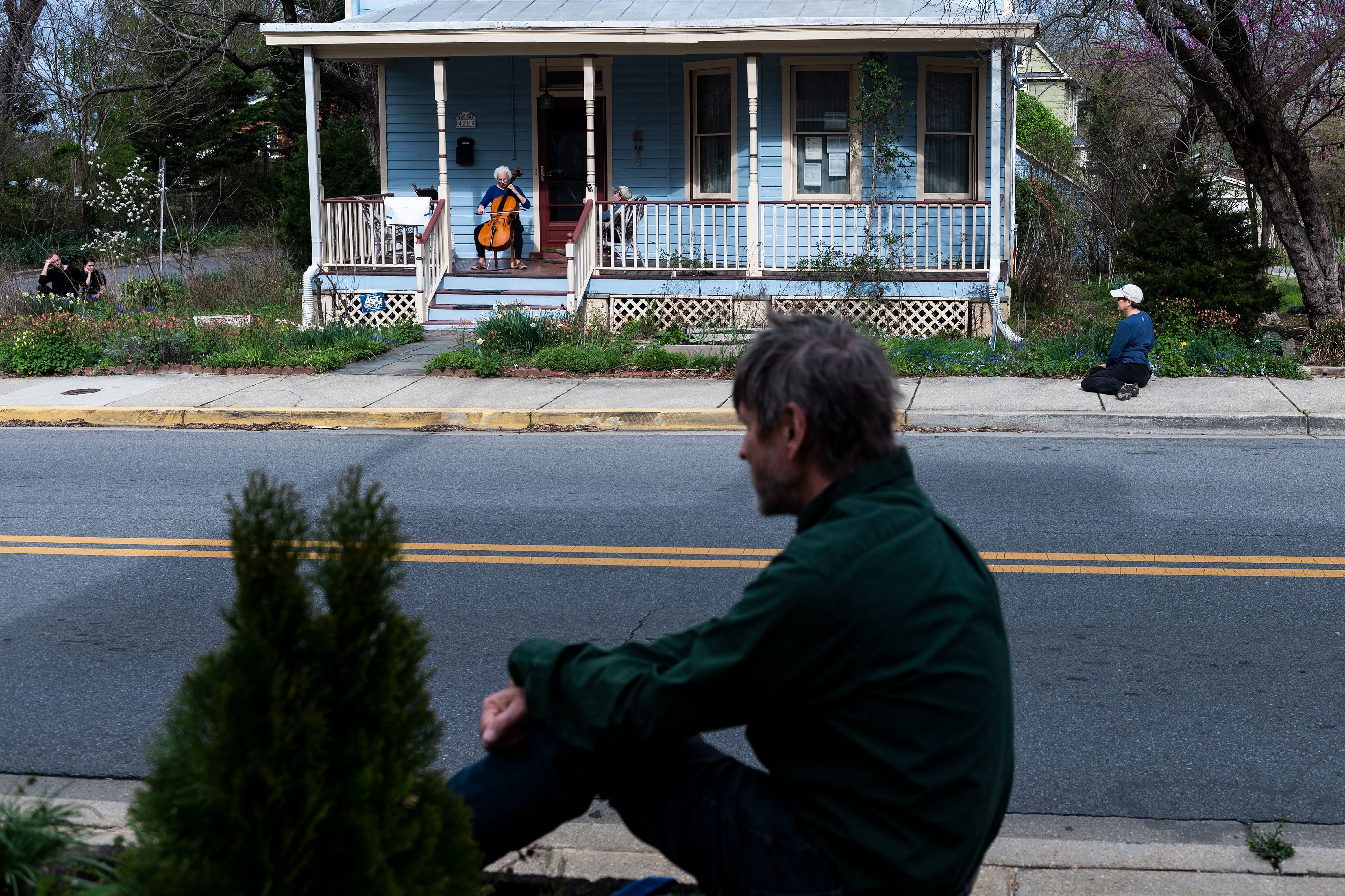“Peaky Blinders” was really about learning how to live with PTSD
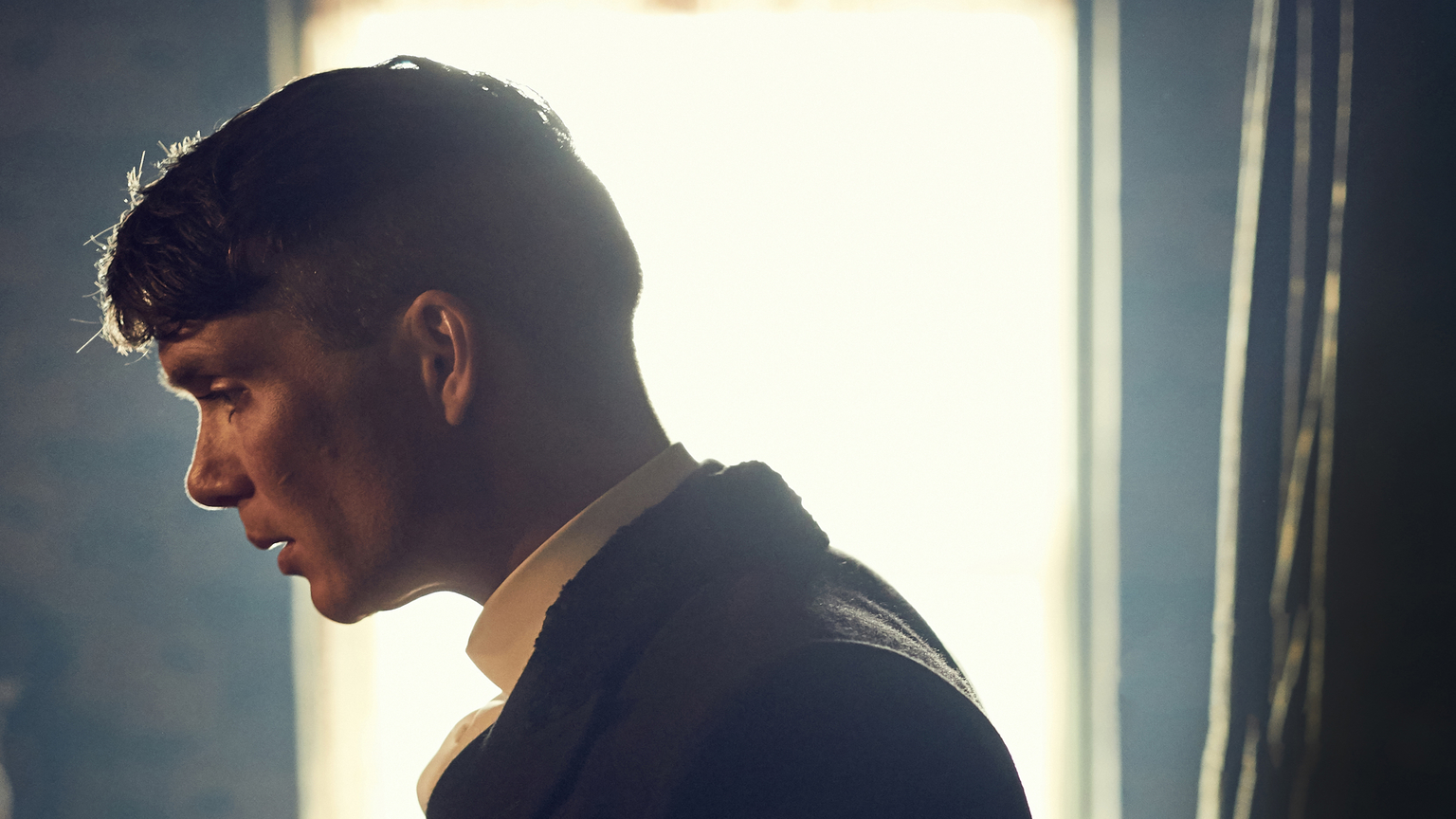
- Peaky Blinders revolves around World War One veterans who suffer from PTSD.
- The show portrays the symptoms of PTSD in ways that are both obvious and not so obvious.
- Real-life veterans rarely got the help they needed, partially because of social stigmas.
One of the best sequences in Netflix’s Peaky Blinders takes place towards the tail-end of the fourth season. After narrowly escaping the New York mobsters hunting him, Tommy Shelby — the main character, played brilliantly by actor Cillian Murphy — takes a well-deserved vacation, which he spends golfing on his estate.
It does not take long before Tommy, a gangster turned semi-legitimate businessman, gets fed up golfing and throws away his club. At first, this action seems to be played mostly for laughs. Then the sound of a gunshot forces Tommy to look for cover, only to realize that it was nothing more than a local hunter chasing their prey.
Strictly speaking, Peaky Blinders — which concluded its nine-year run in June — follows the misdeeds of the eponymous Birmingham-based crime family. Beneath the surface, however, the show reveals how its members cope with the traumas they brought home with them from the battlefields of Europe, where they fought during World War I.
“Men — boys really – were sent to World War One in the most brutal conditions,” writes Matt Allen, author of the official series guide By Order of the Peaky Blinders. “They returned to a more civilised life in England unable to shrug away their experiences.” Back at home, they suffer from outbursts, panic attacks, depression, night terrors and other symptoms of shellshock or PTSD.
PTSD in Peaky Blinders
PTSD is a complex illness that manifests in obvious as well as subtle ways, both of which are represented in the show. Tommy Shelby mistaking the hunter’s rifle for enemy fire is a textbook example of PTSD, which causes people to act hypervigilant and become extra sensitive toward stimuli that remind them of their traumatic experiences. (In Tommy’s case: the war).
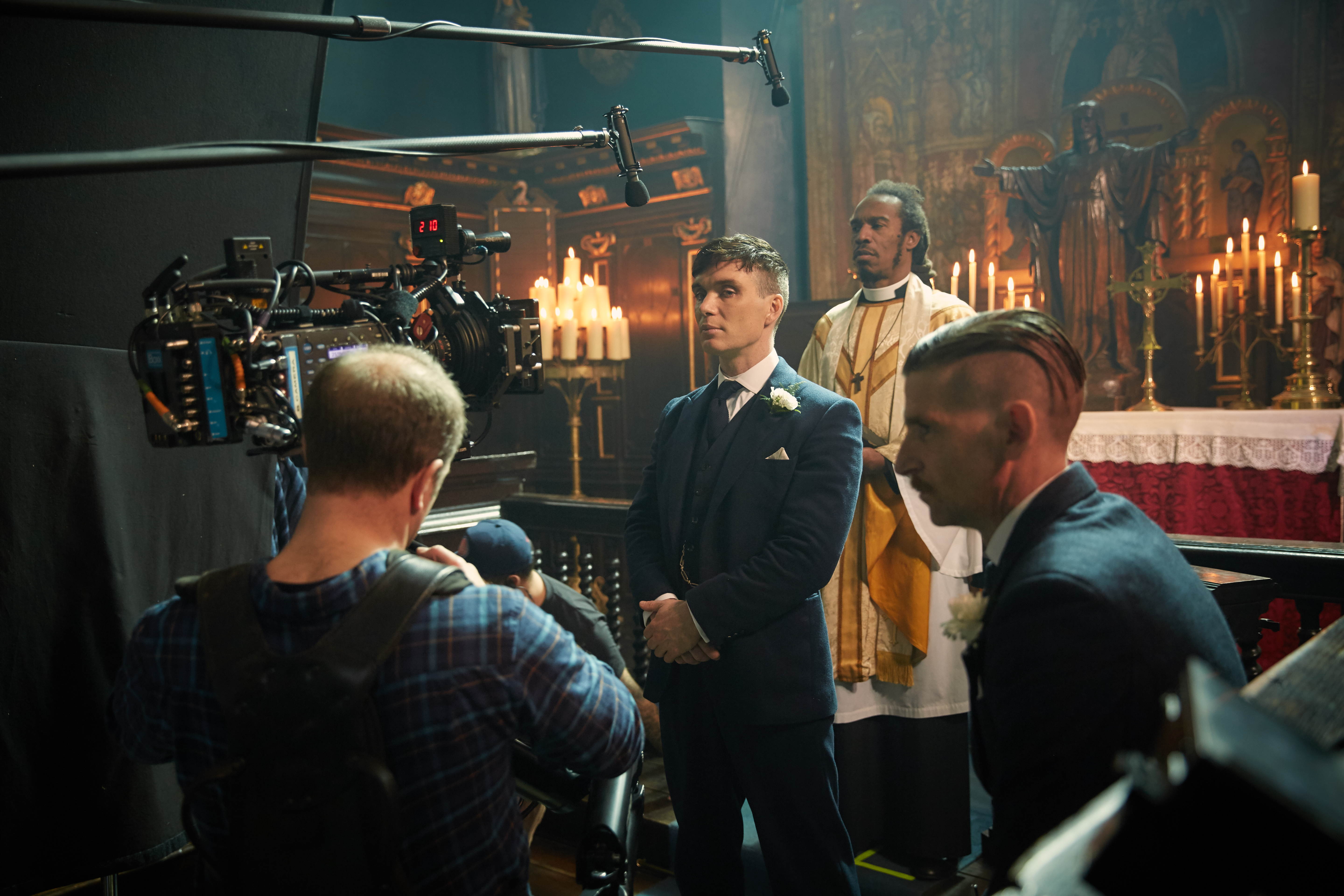
In his book Battle Scars, ex-soldier Jason Fox describes the familiar albeit stereotypical picture of PTSD as “a veteran cowering underneath a restaurant table at the sound of a car backfiring (…), the classic thousand-yard stare etched into his face as he or she relives a gunfight or IED explosion, the mind unable to tell the difference between the present and a grim and gory past.”
But the symptoms of PTSD can be incredibly nuanced, too. Think, for instance, of the time when Arthur Shelby — Tommy’s older brother — unintentionally kills his opponent in a bare knuckle boxing match. Even Tommy throwing his golf club can be linked back to his illness: it demonstrates he is unable to relax, to be at peace with himself.
An inner fury
During the years Tommy spent in France, war became the framework through which he sees, understands, and interacts with the world. It’s why he resorts to crime upon being discharged. War also dictates how he conducts himself when he turns to business and politics. “The only way to guarantee peace,” he says in season 3, “is to make the prospect of war seem hopeless.”
From the moment Peaky Blinders was conceived, PTSD was one of the main subjects that series developer Steven Knight wanted to explore. His familiarity with the illness was both professional and personal. While writing Hummingbird, a film about the postwar lives of Afghanistan veterans, Knight consulted real-life soldiers about their experiences with PTSD and reintegrating into everyday society.
More impactful still were the stories Knight heard from his uncle, a Birmingham native:
“One time he described a fight he’d once witnessed between two men on a bridge (…) Apparently it was the most brutal, horrific thing he had ever seen – the two blokes were gouging each other’s eyes out. They didn’t have any limits; the people alongside them in war had been blown to bits by bombs and bullets and their boundaries had gone. Everybody who returned from that conflict did so with a fury inside him.”
The stigma of shellshock
Tommy, Arthur, and the other members of the Peaky Blinders gang never end up getting the proper psychological help they need to get better. Instead, they turn to drugs, alcohol, sex, and other forms of self-medication that offer temporary relief of their pain at the expense of worsening their PTSD symptoms in the long run.
Like many other aspects of the show, this is reflected in real-world history. Back in the interbellum period, shell shock was still a new and somewhat mysterious phenomenon that neither the military nor the medical world knew how to respond to. “As a result,” one research paper from Liberty University explains, it “fell victim to several social constructs of the time.”
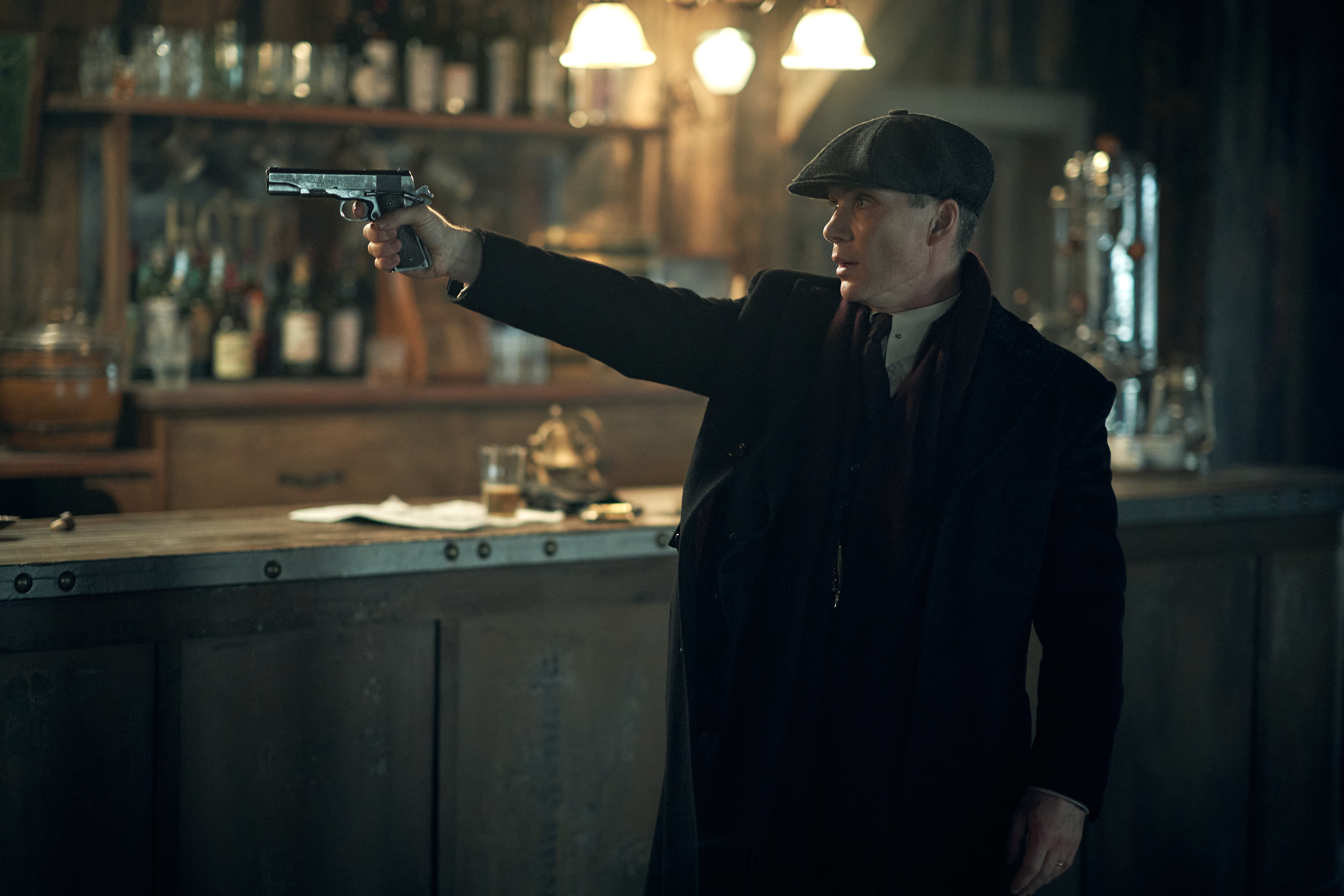
Soldiers who showed symptoms of PTSD were often mocked rather than treated. As far as their brothers-in-arms were concerned, they were simply not tough enough to stomach the horrors and hardships of warfare. In this culture of hypermasculinity, which still persists in military organizations today, to suffer from post-traumatic stress was to be seen as emasculating.
From WWI to WWII
While Peaky Blinders has been showered with praise from both viewers and critics, the show also received its fair share of criticism over the years. The obscene amount of cigarette smoke produced each episode has led some fans to speculate that Knight and his team may have secretly scored a lucrative sponsorship deal from Big Tobacco.
Even more troubling is the show’s excessive and at times gratuitous depiction of violent crime, especially when committed by charismatic individuals such as Tommy. “Is it any wonder we’re seeing so many young men committing crime?” conservative MP Nick Fletcher said in 2021. “These programs make crime look cool.”
Was Peaky Blinders a bad influence on audiences? Not exactly. While many impressionable young viewers may envy Tommy Shelby’s good looks and verbal sparring skills, it’s difficult to believe that — after all the physical and mental suffering we see him endure — anyone would walk away from this series with the desire to walk in his shoes.
PTSD is a chronic condition that you never fully recover from. It should come as no surprise, therefore, that Knight structured the show’s plot to fit snugly between the end of World War I and the beginning of the second: the underlying idea being that the festering wounds of an unresolved conflict eventually lead to an even more terrifying catastrophe.
